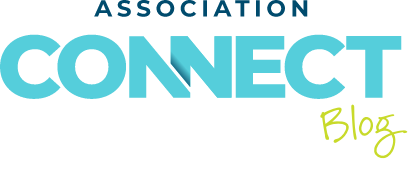How to Hold a Virtual Fly-In

Spring is a time to bask in warmer weather, enjoy the sight of plants in bloom, and perhaps tackle some long-overdue house cleaning. It is also typically a time for Washington fly-ins—gatherings of hundreds of chambers and associations from around the country to get the lowdown on and advocate for issues and policies affecting their businesses. With COVID-19 and many states under stay-at-home orders, a visit to D.C. is no longer an option. But that doesn’t mean you can’t reach your representatives during this crucial time. Here are some best practices we found via fiscalnote.com on how to hold a virtual fly-in.
Lay the groundwork. Before you schedule meetings for your participants to connect with their representatives, make sure they are fully prepared. Educate your members and employees on the issues that mean the most to your association. Familiarize them with policies that are currently in place and form a unified front on what changes would most benefit the industry. To get the word out, consider holding a virtual conference or webinar, sending an eblast that clearly defines the issues and what’s at stake, or conducting a virtual town hall where participants can anonymously ask questions they may have about the goals and focus of the meeting. But don’t stop there. Once the message is clear, you must educate advocates on how to craft it well.
Figure out your approach. There are a couple of ways to go about getting some face time with your lawmakers. One way is to schedule a Zoom, GoToWebinar, or Google Hangout with your members and the officials you’re trying to reach. You could also explore hosting a Tele-Town Hall. Find out when they’re happening and home in on those that are specific to your industry. Prepare some specific questions to ask your representative(s) and nail down who will ask them.
Another method could be to hold a “virtual advocacy day,” during which all your members and stakeholders attend a virtual meeting and take to social media, the phone, and email to contact lawmakers on a designated day and time. Be sure to inform the legislative staff so they are prepared for a flood of communication during the specified window. Another tip is to create sample messages for outreach specific to the social media platforms members are using that they can simply copy and paste on their channels, complete with hashtags. Sample emails and phone scripts could also be great tools.
Whatever you choose, ensure your attendees are comfortable with the software by providing them with clear instructions. It is strongly recommended you do a practice run or two to ensure the meeting goes off without a hitch!
Hash out details. What exactly do you intend to ask for during the meeting to most benefit your industry and members? How many “asks” should you be prepared with? How many people do you wish to be in attendance? Should there be only one meeting or several? Who will own technology issues should they arise? Who will be the primary speaker(s)? What does the meeting agenda look like? Be sure all these questions are answered prior to the meeting to ensure everything runs smoothly and you’re making the most of your time.
Have an idea for an article? Let us know!
Receive the Association Connect newsletter
A proud company of The YGS Group | HQ: 3650 W. Market St., York, PA 17404
- Privacy
- YGS Association Solutions © 2025

